Day 27 - Walking The Nakasendō, Japan - Heading Into the Mountains, from Akasaka to Tarui, Sekigahara, Imasu and Kashiwabara
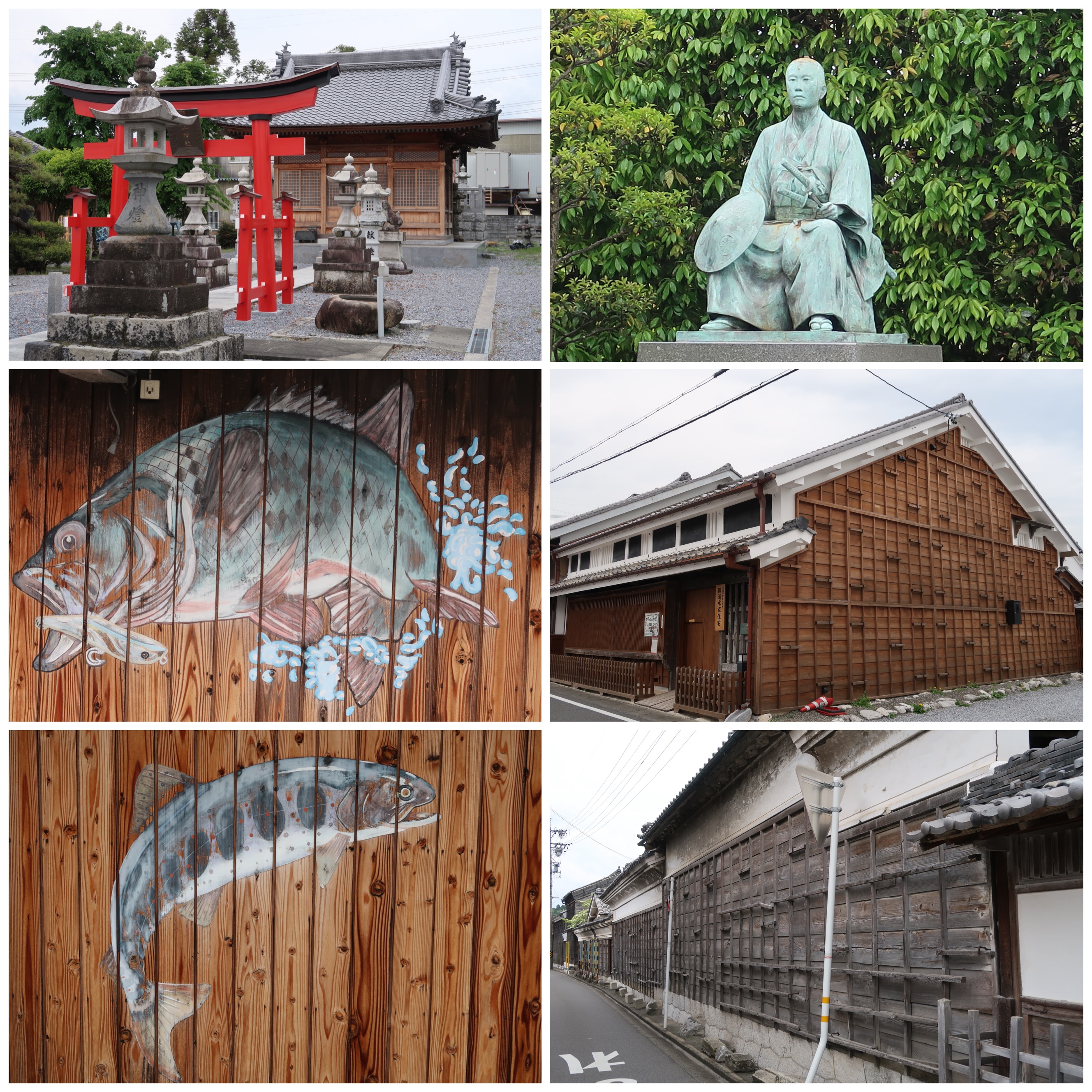
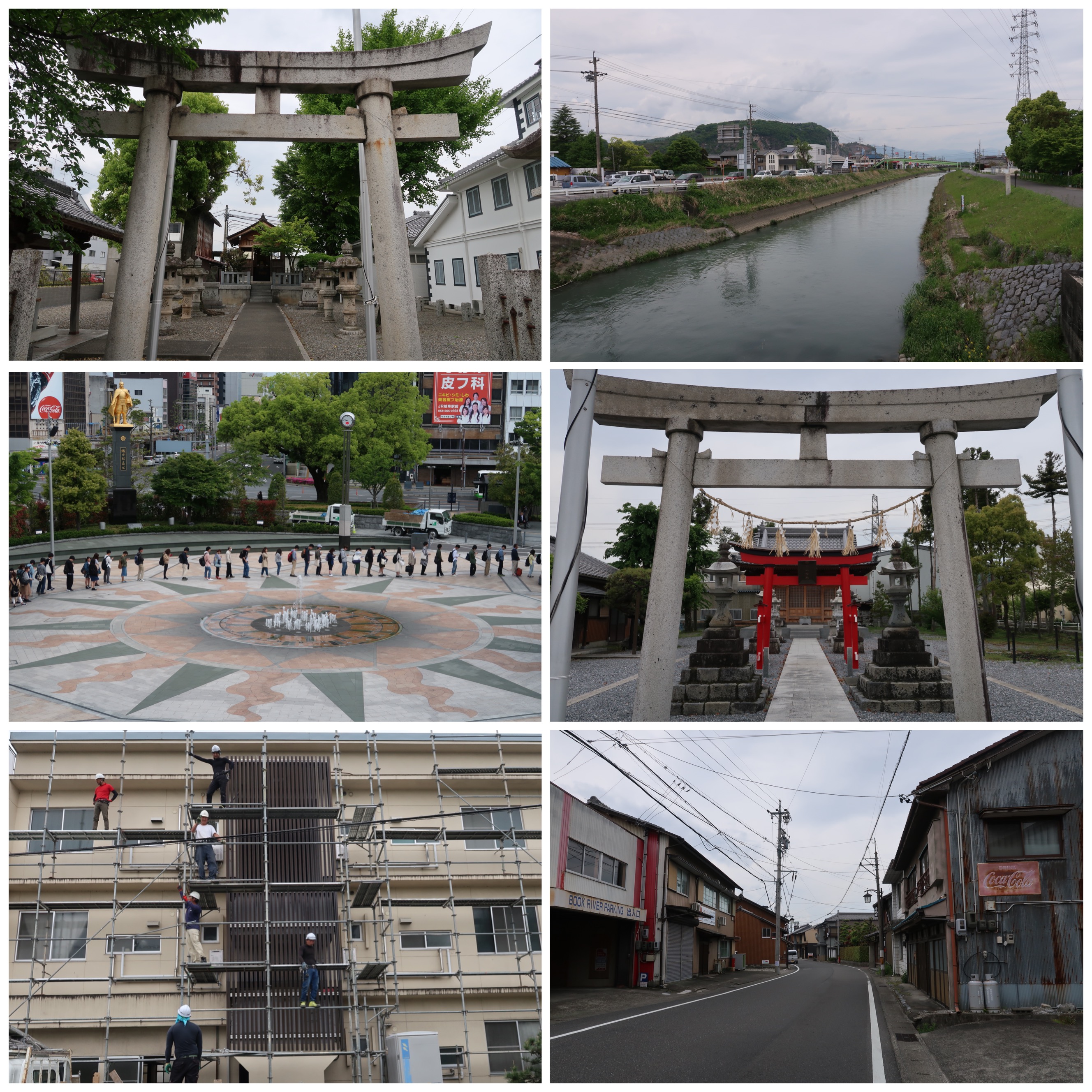
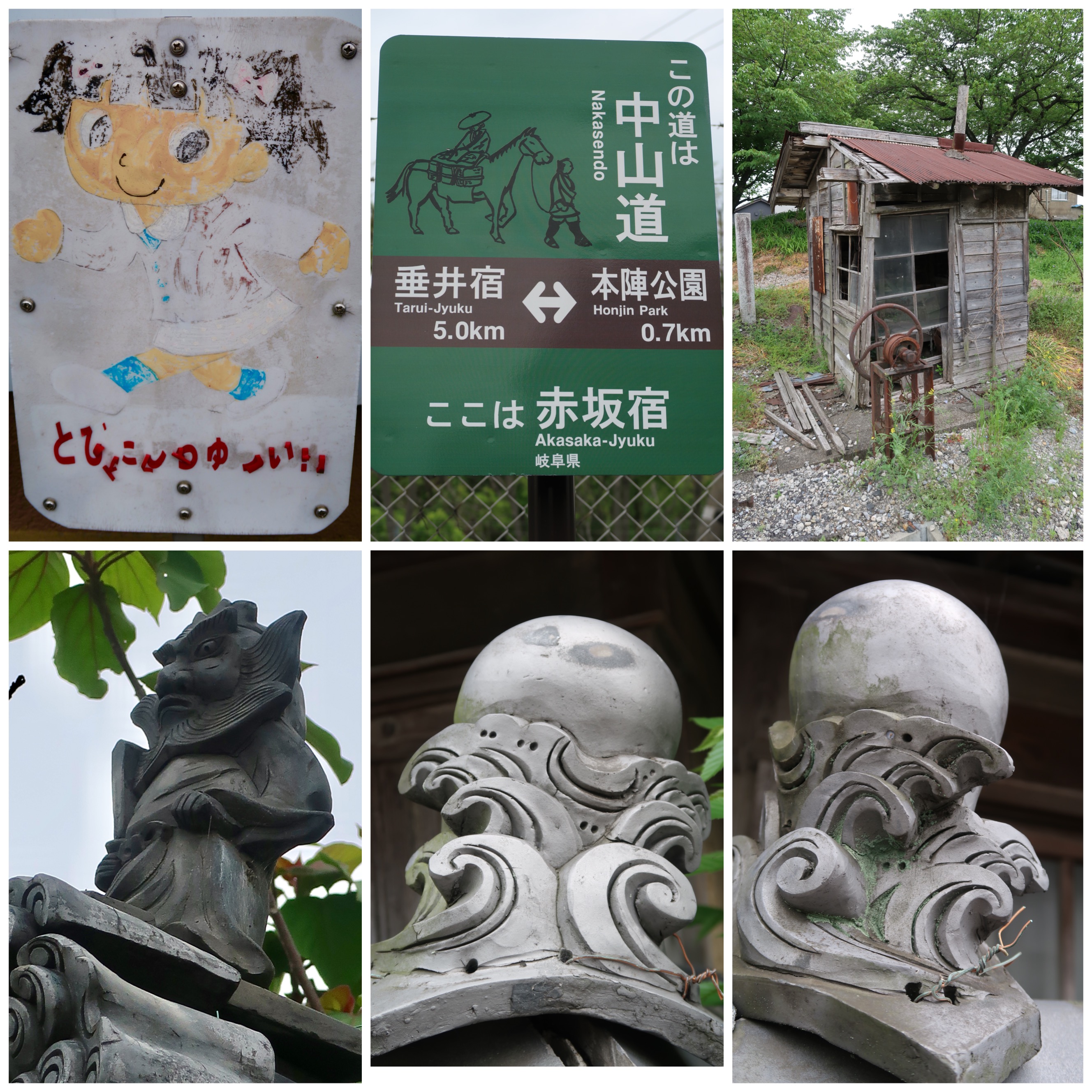
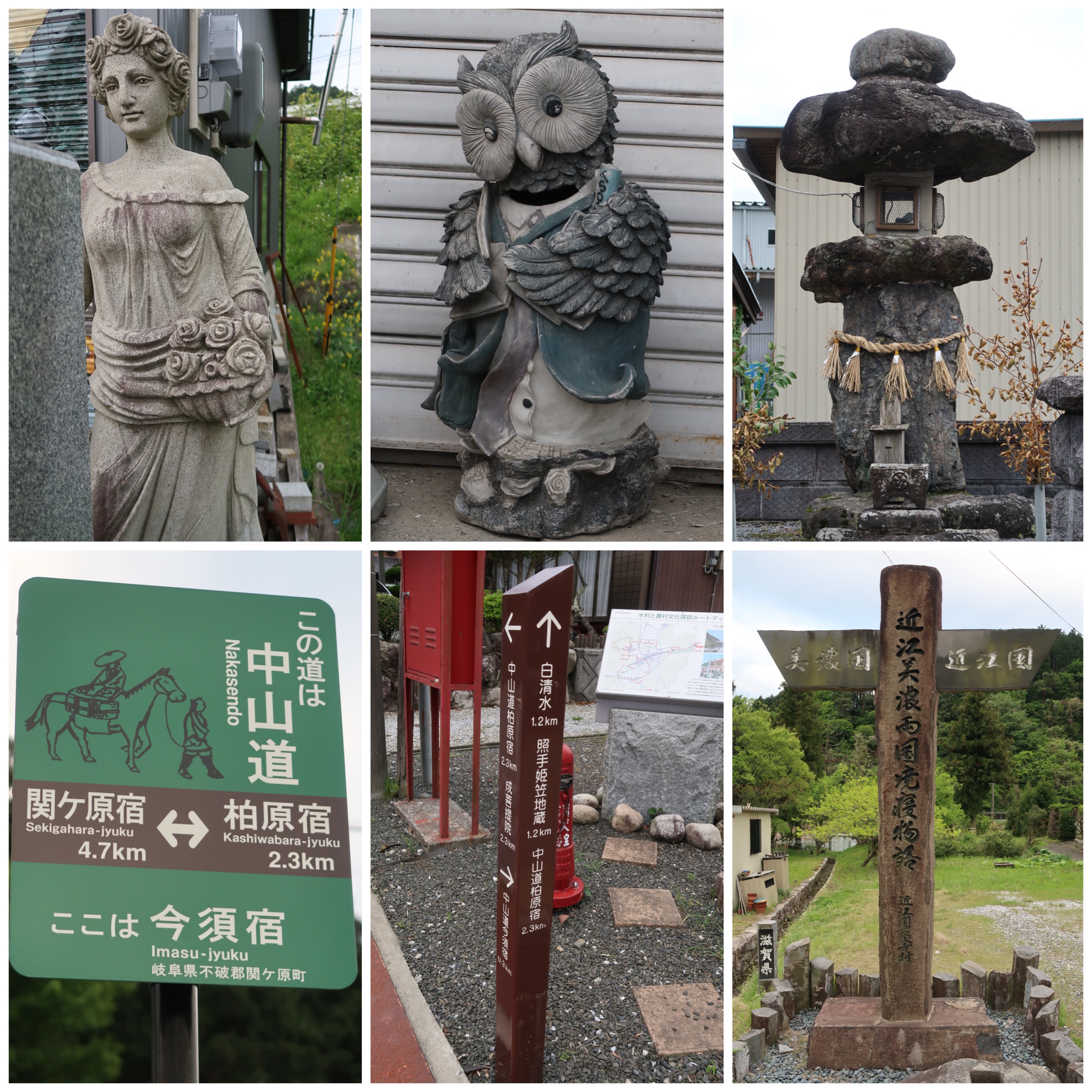
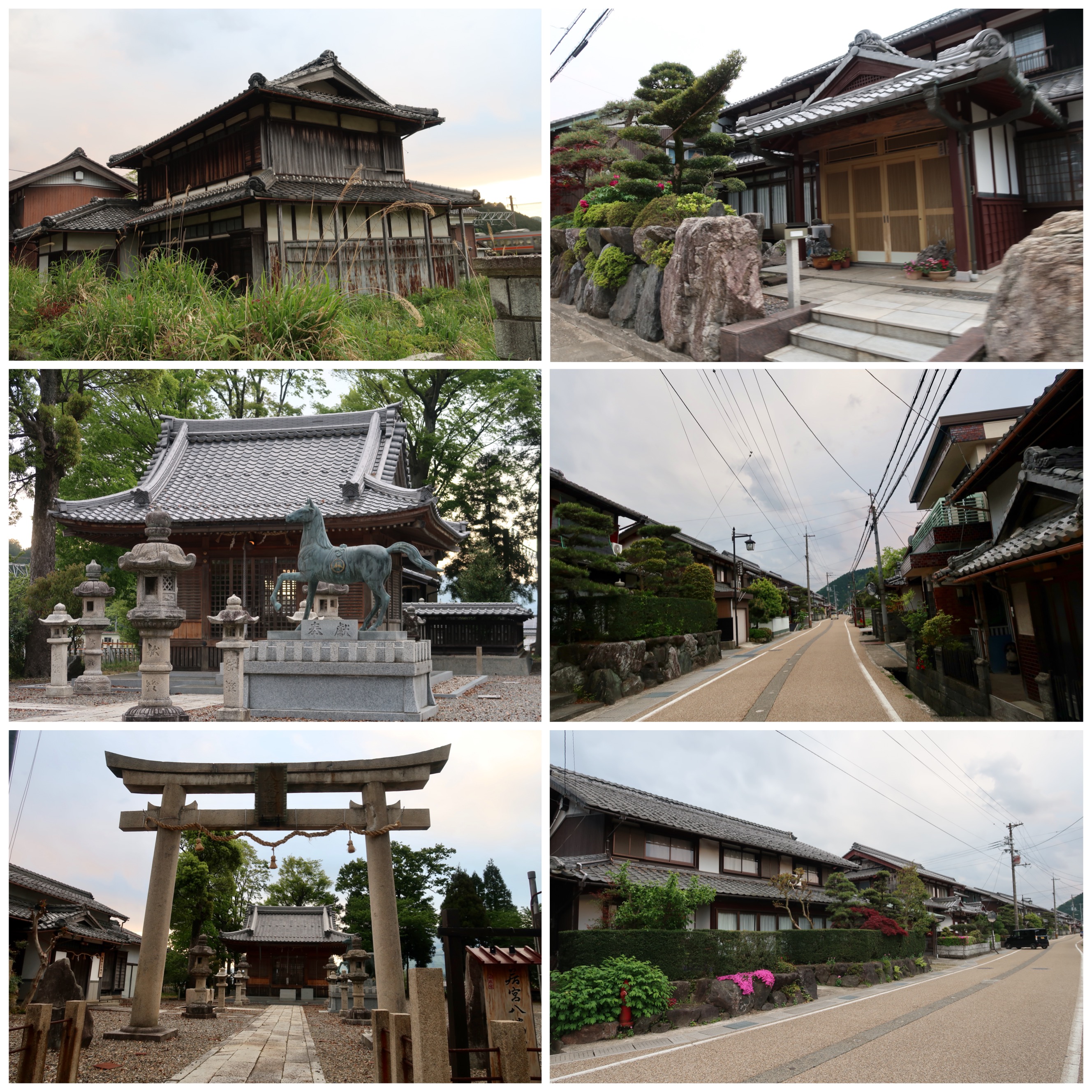
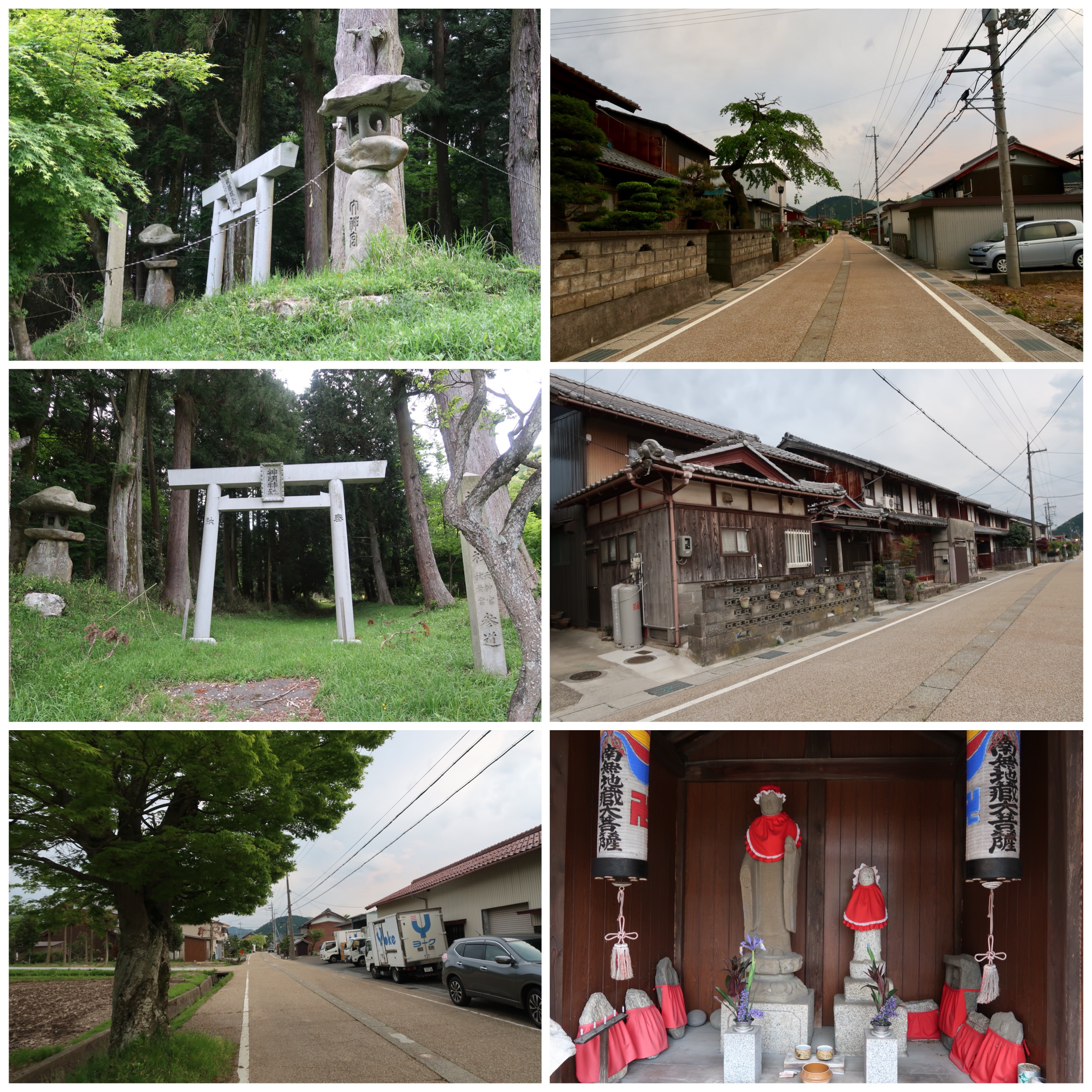
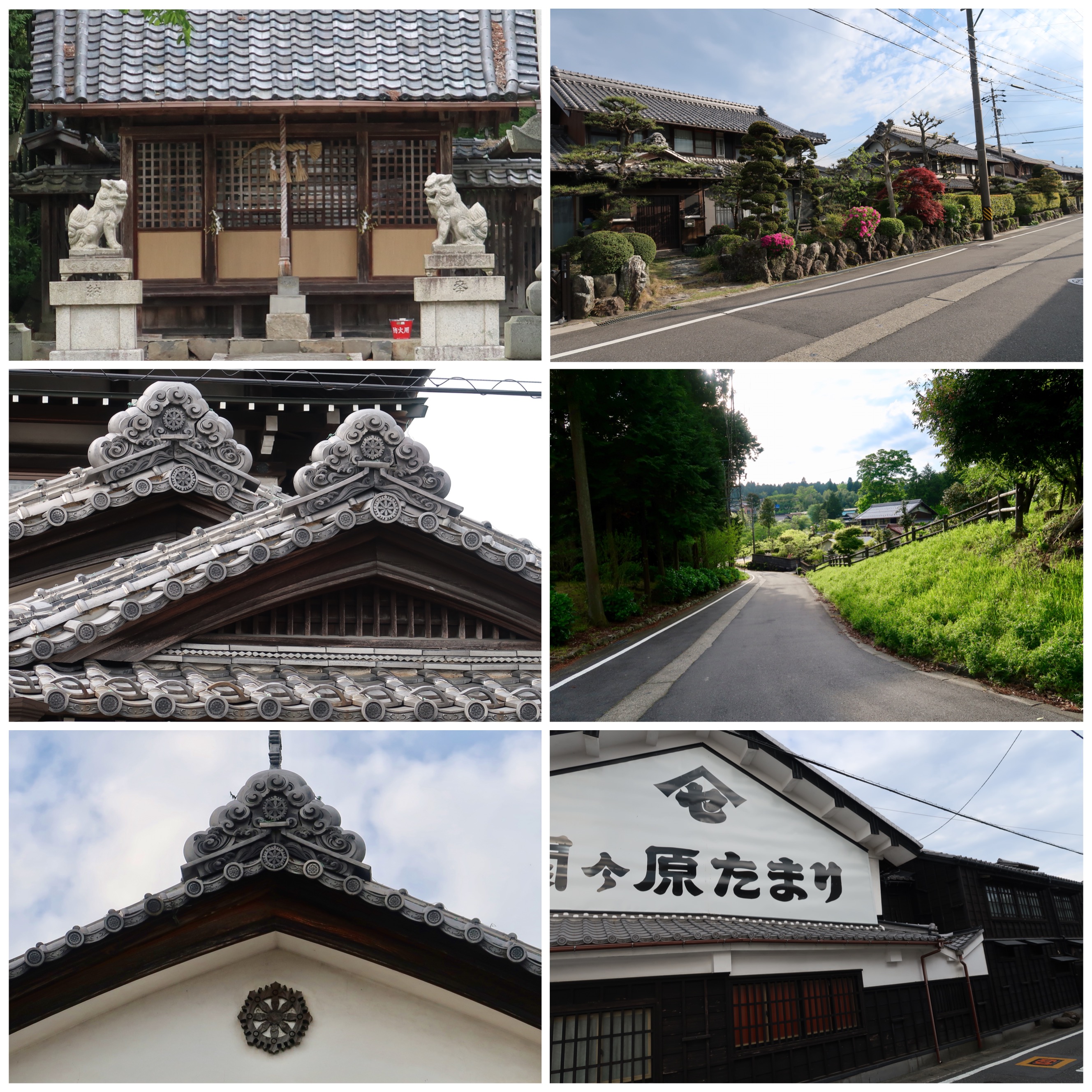
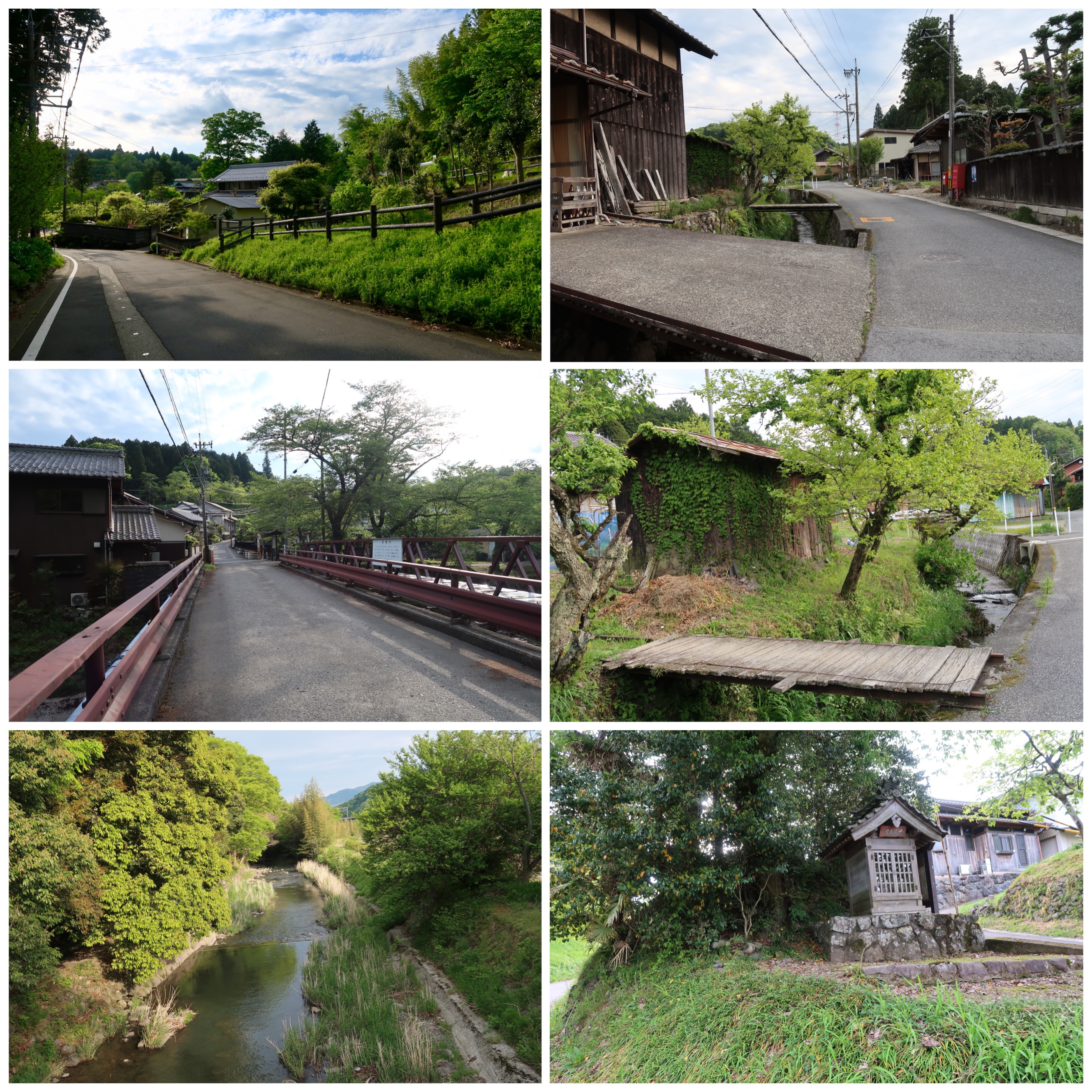
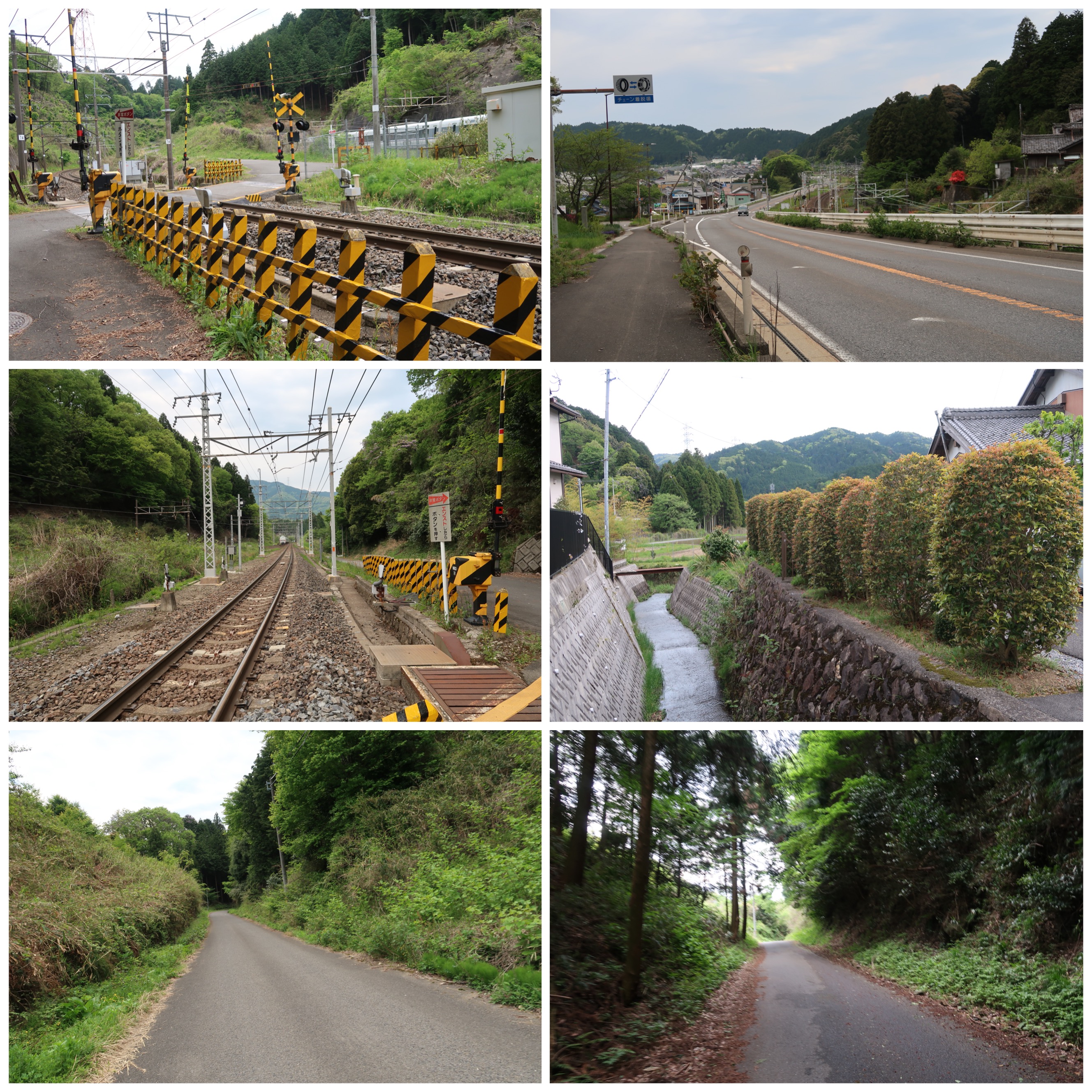
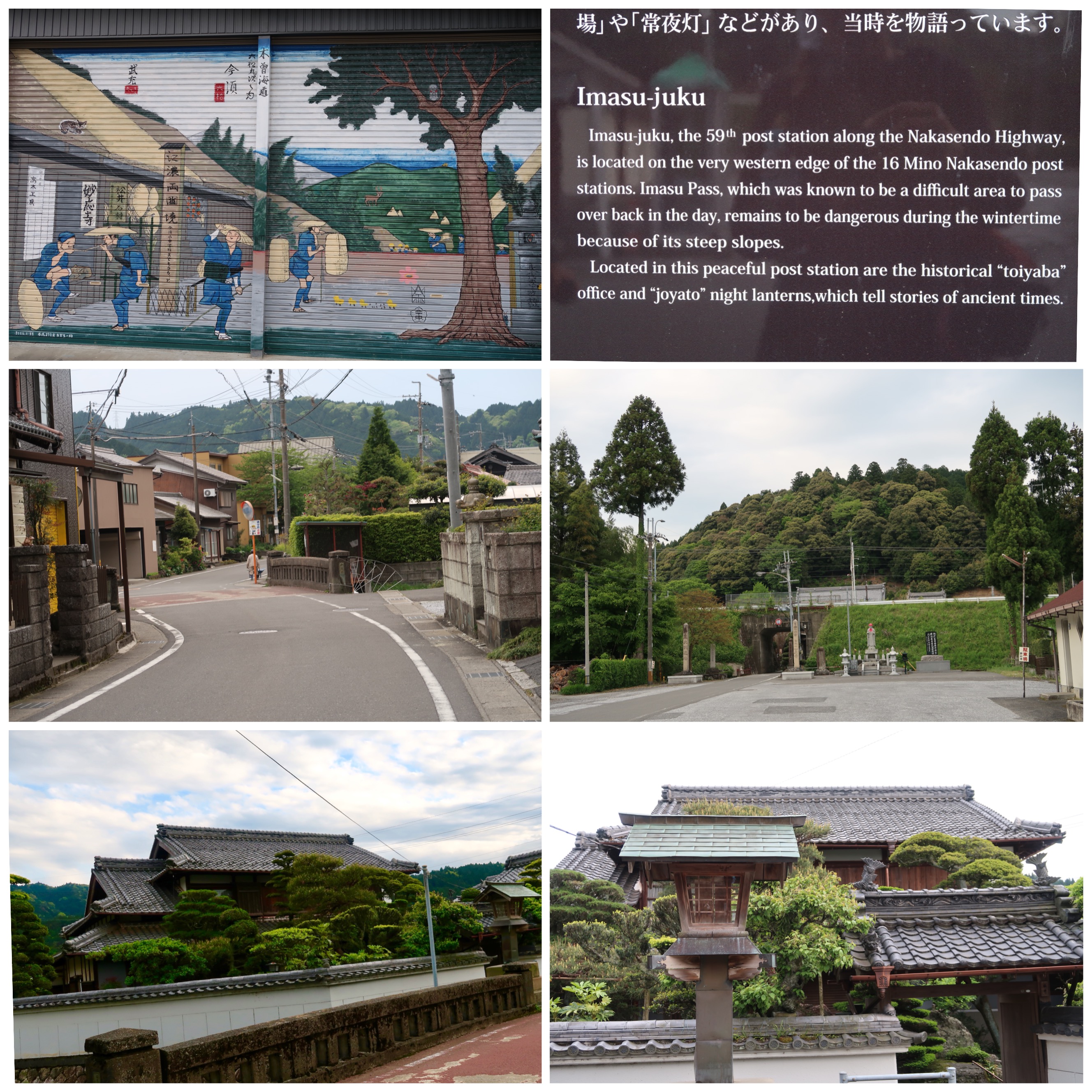
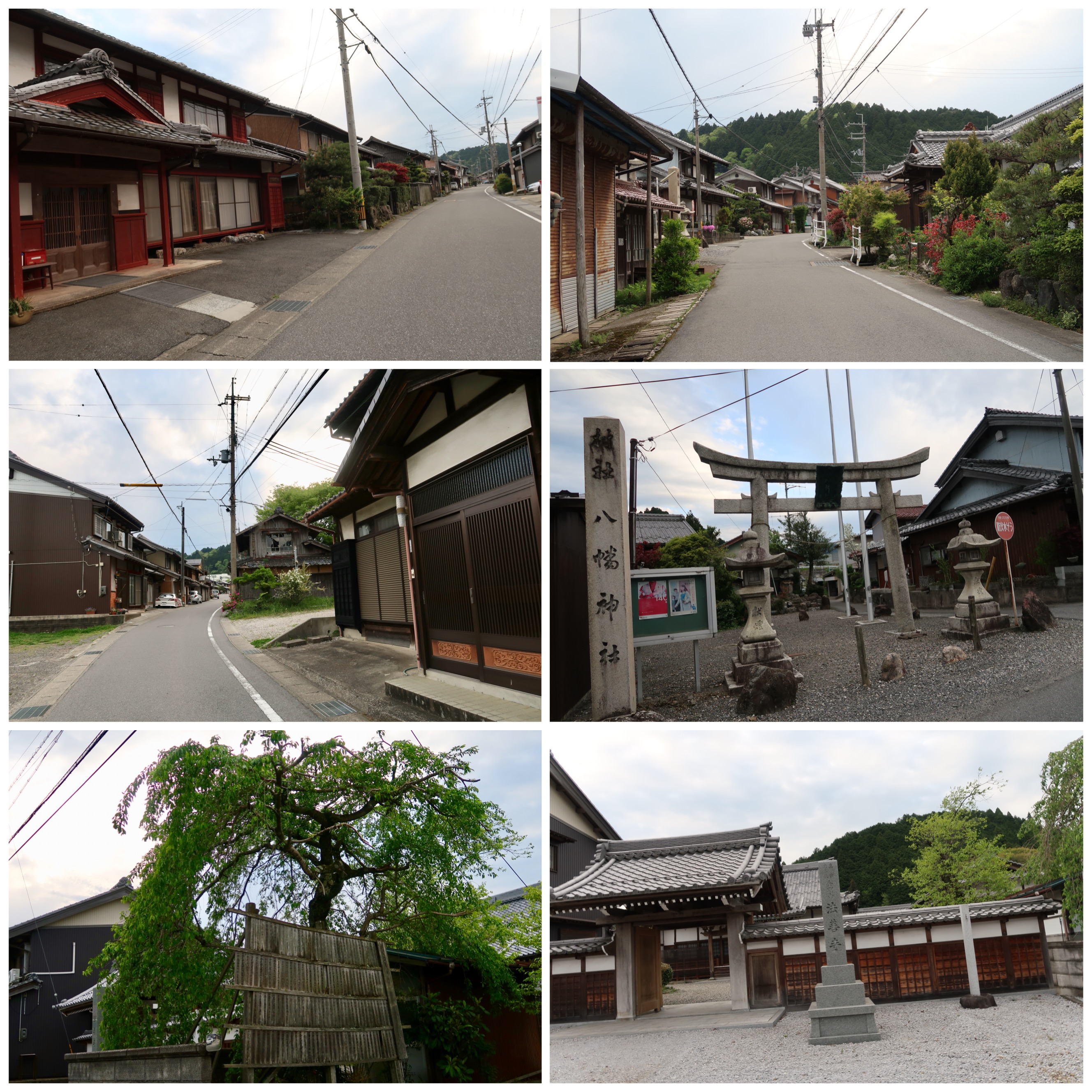
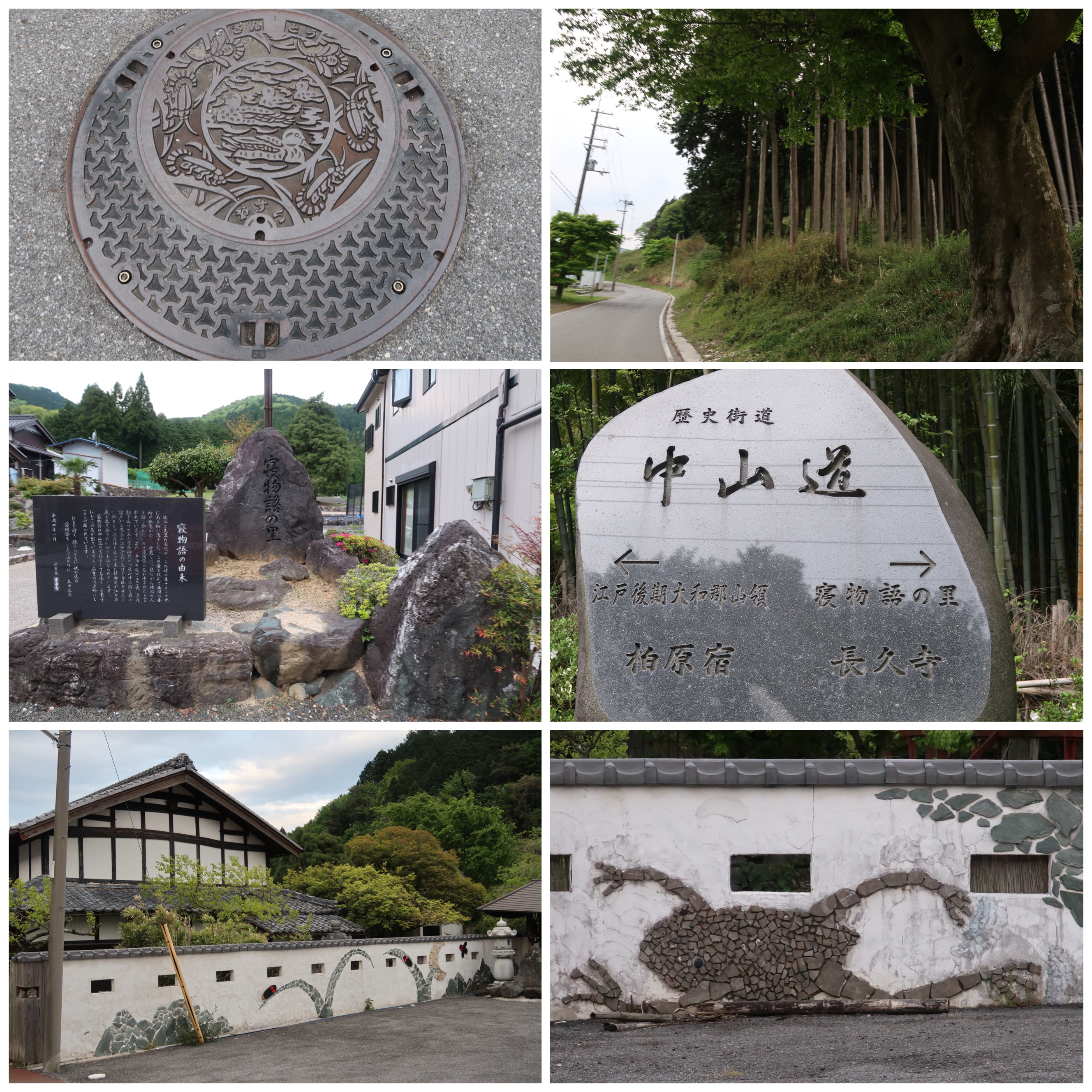
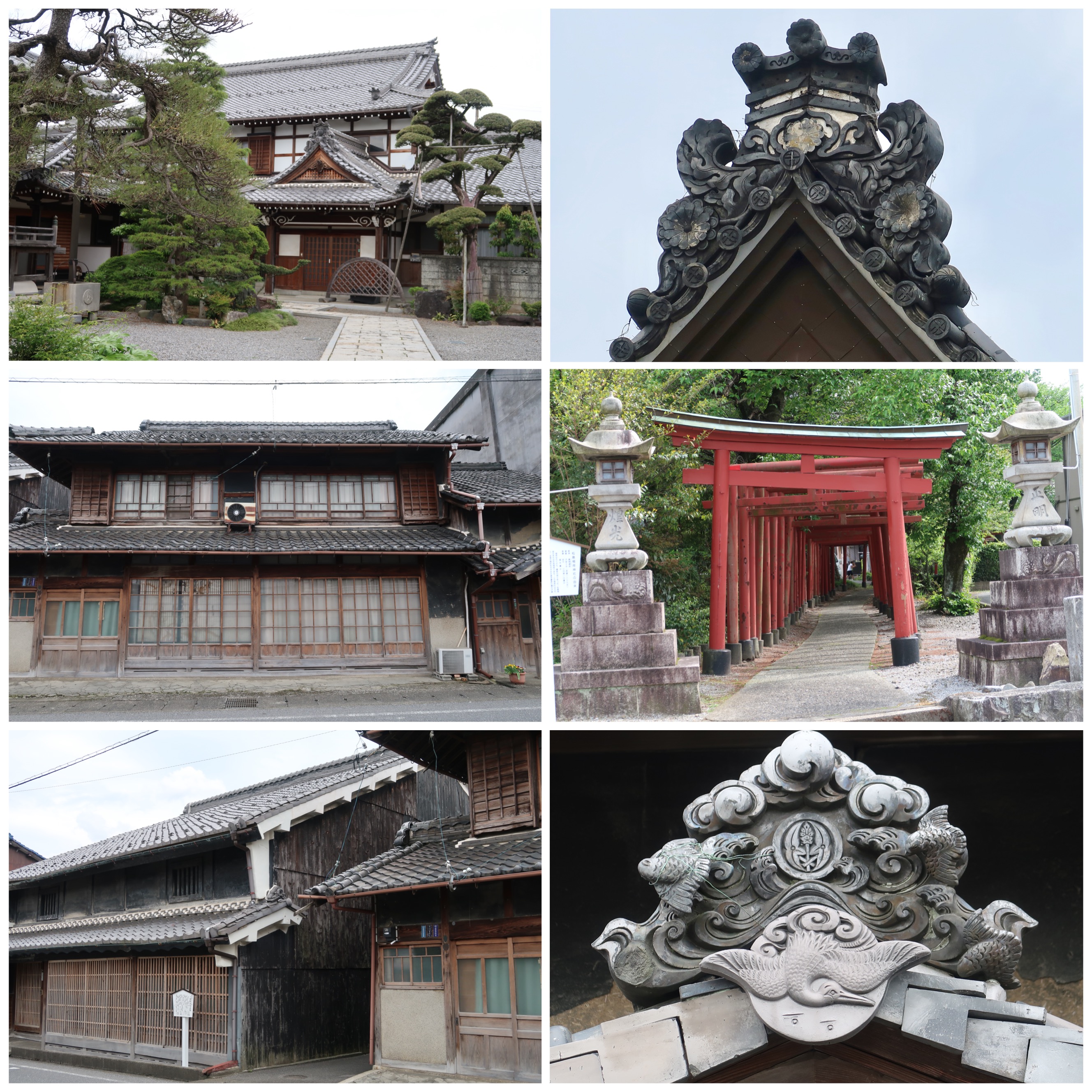
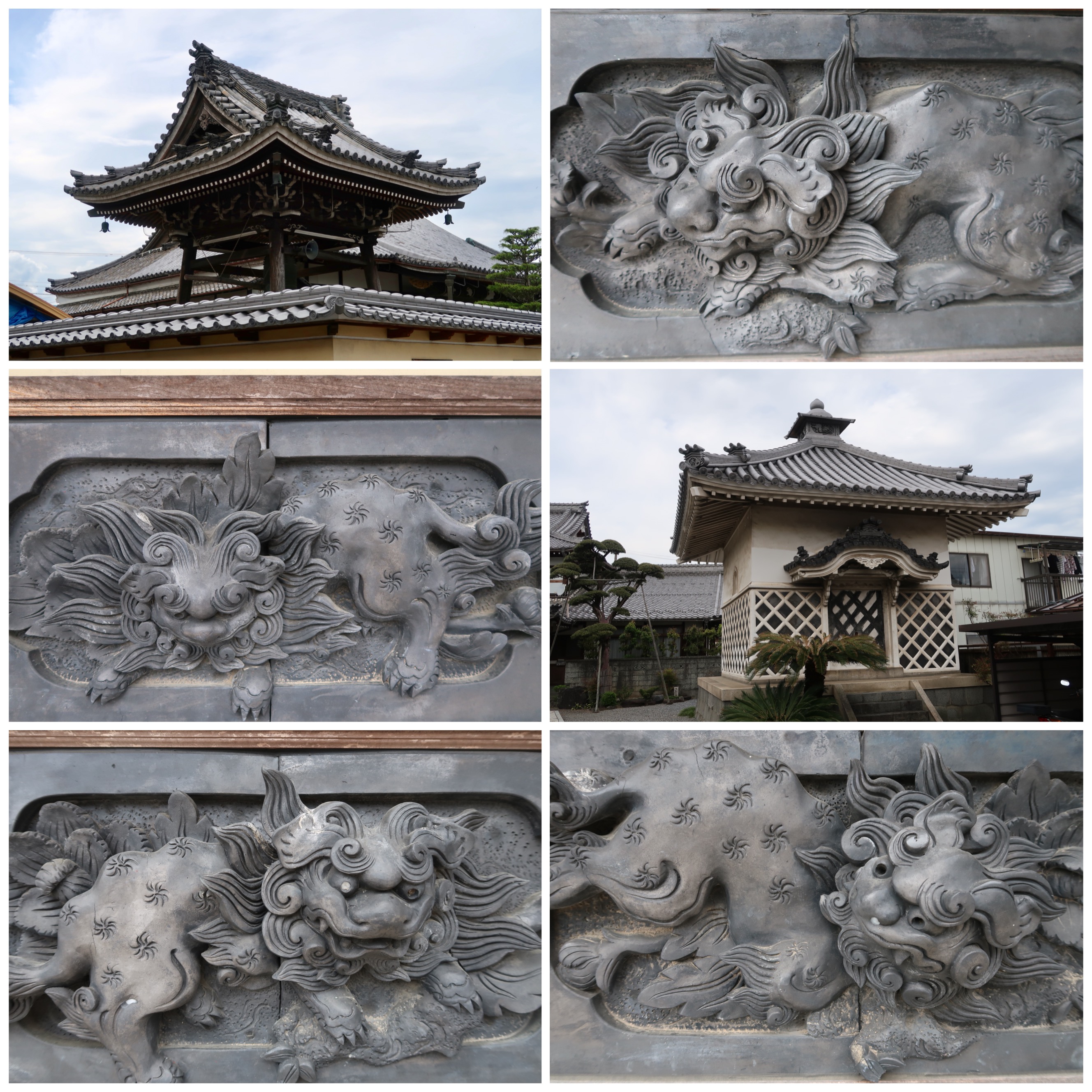
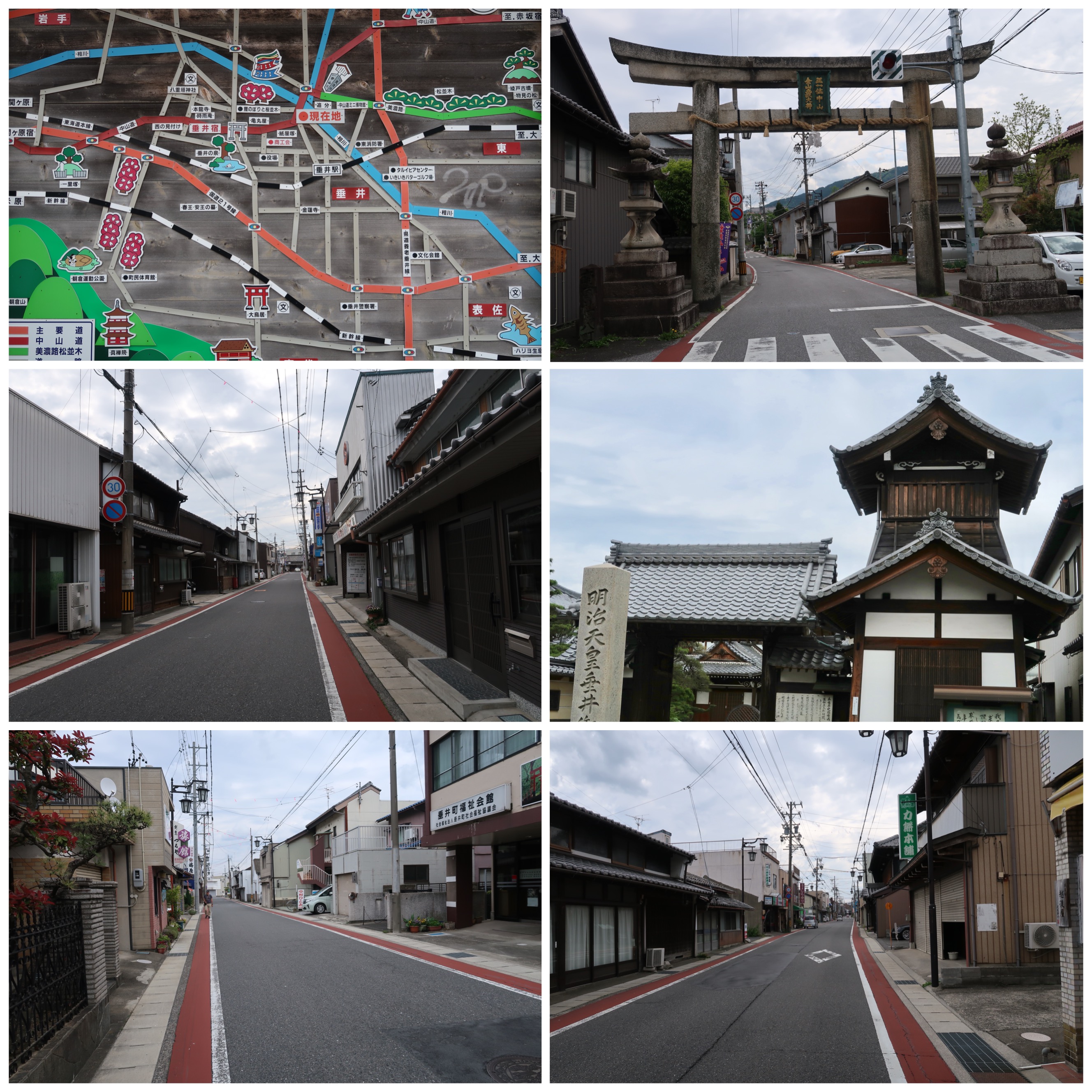
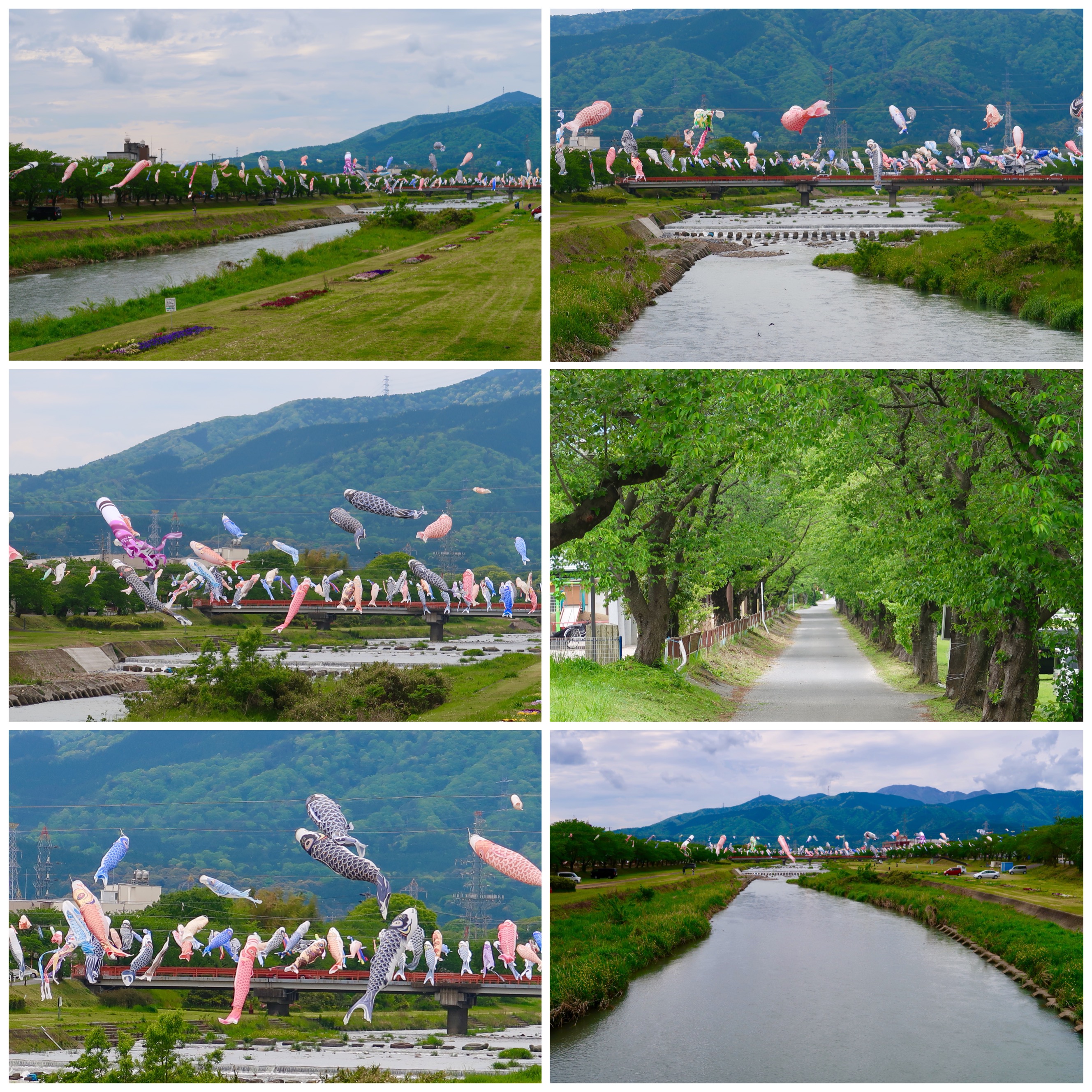
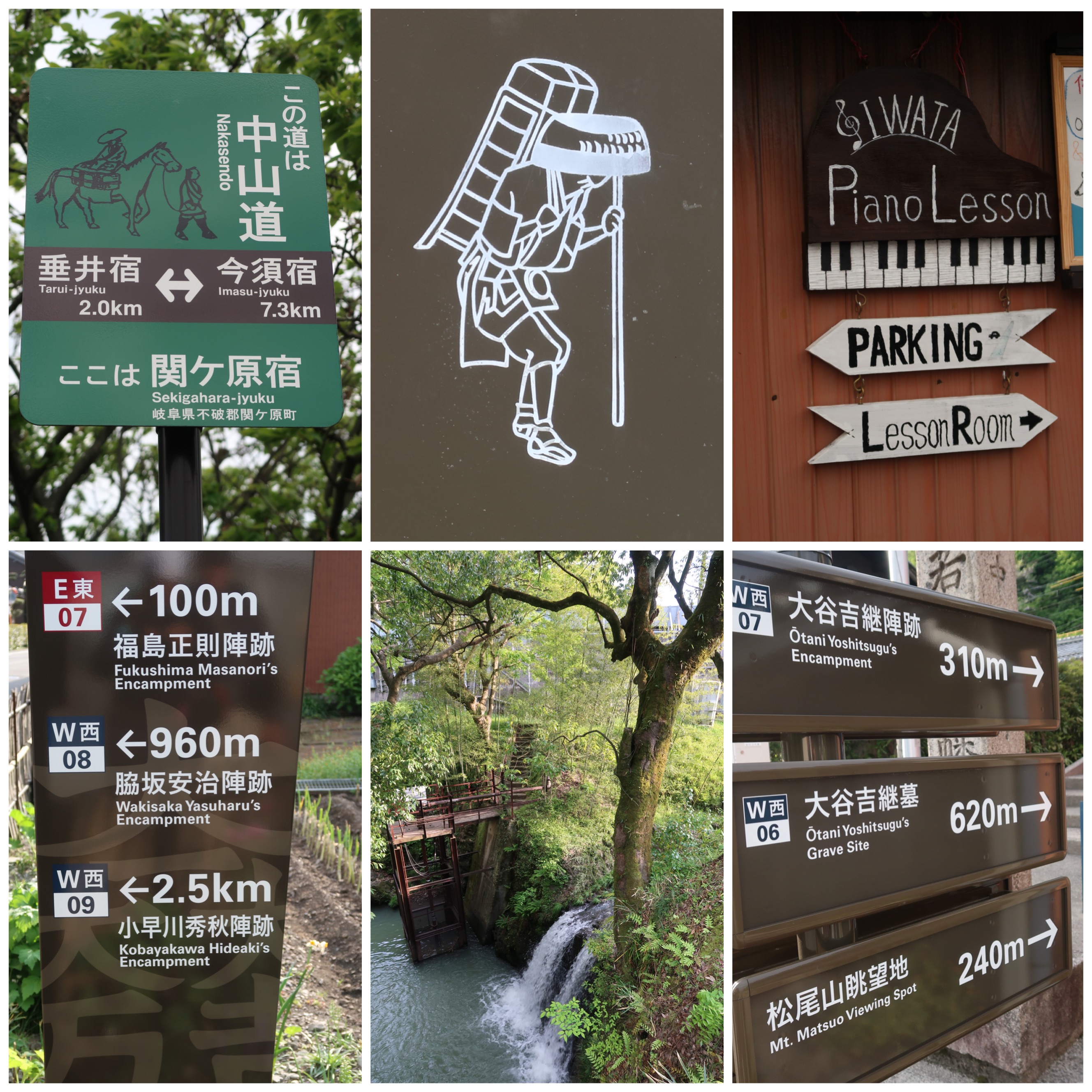
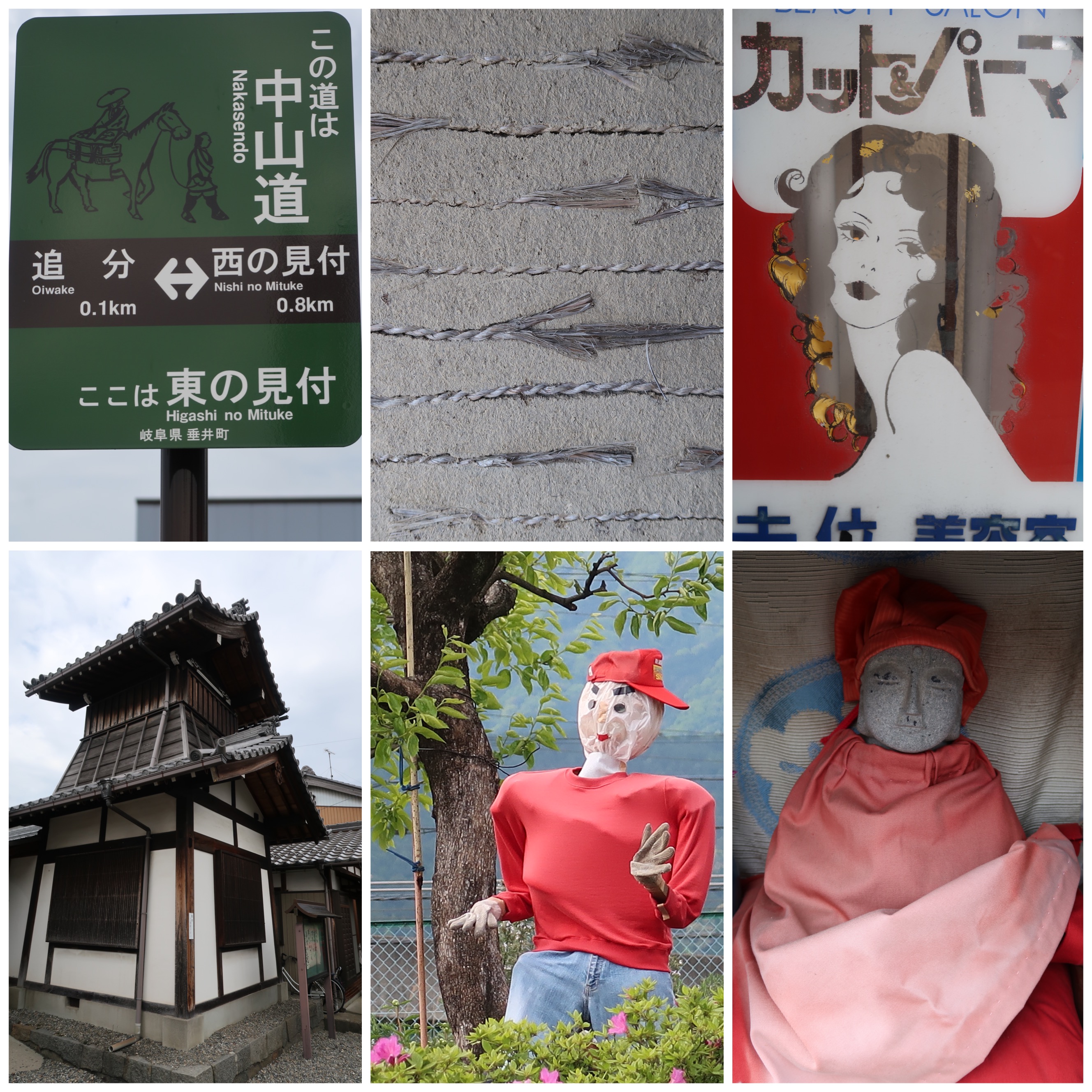
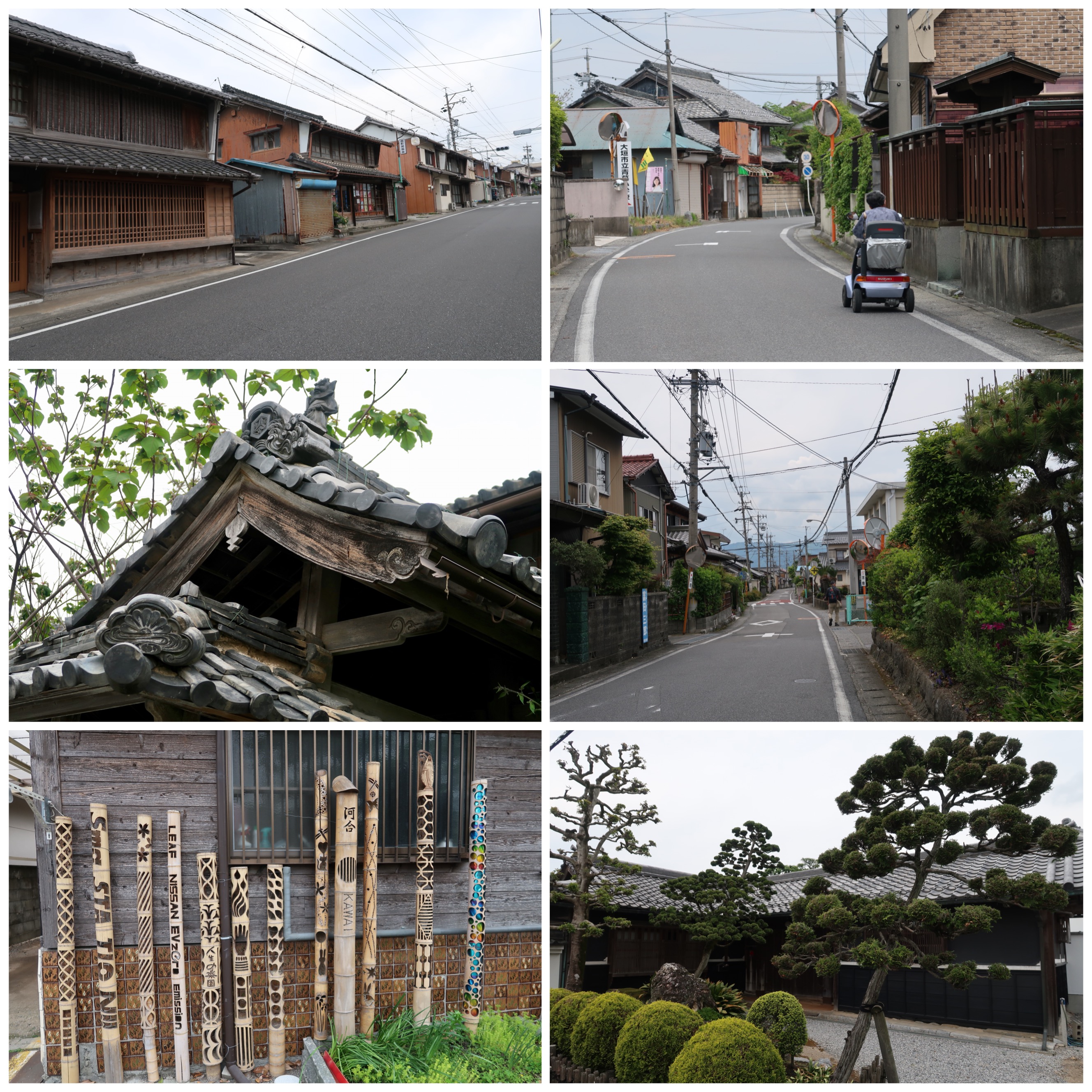
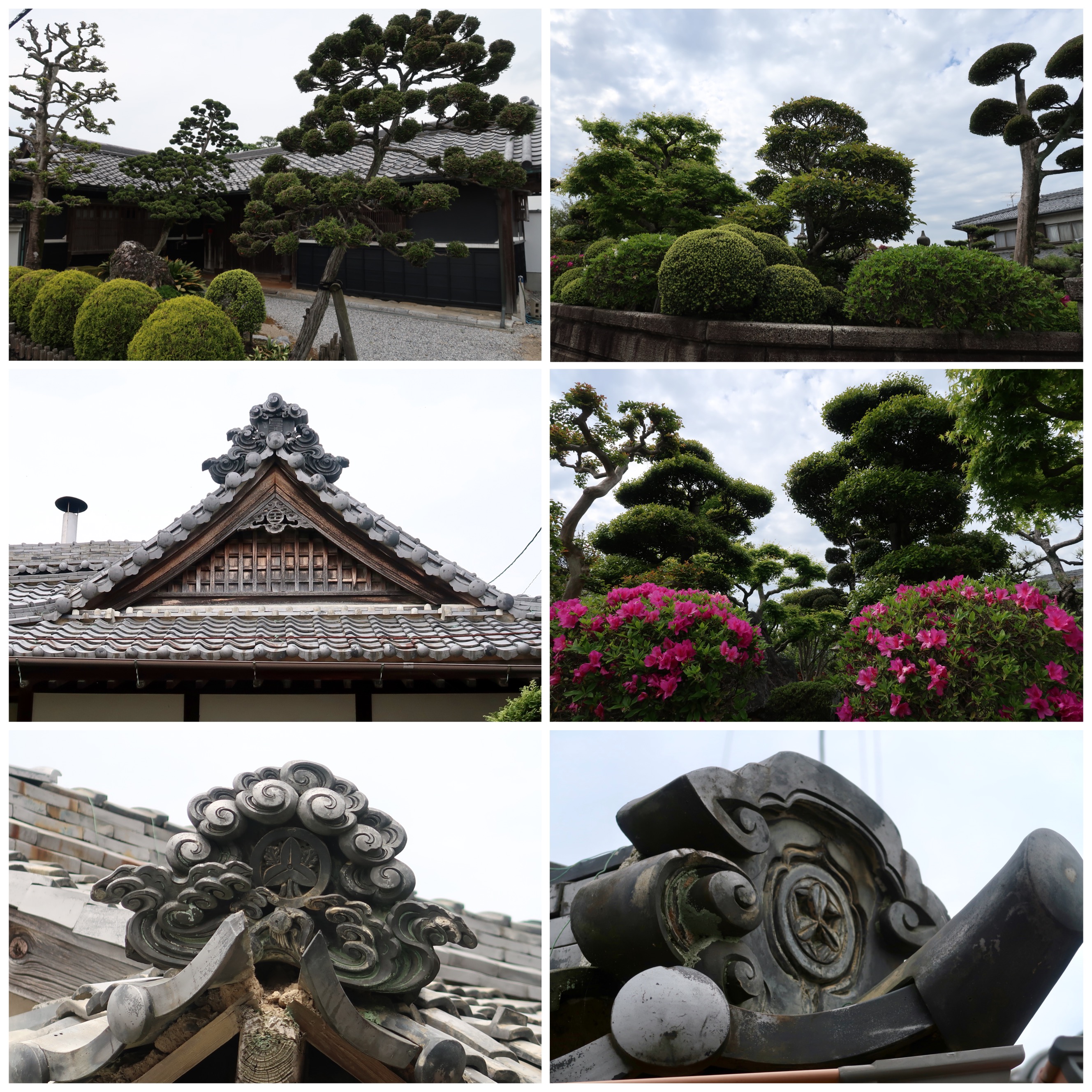
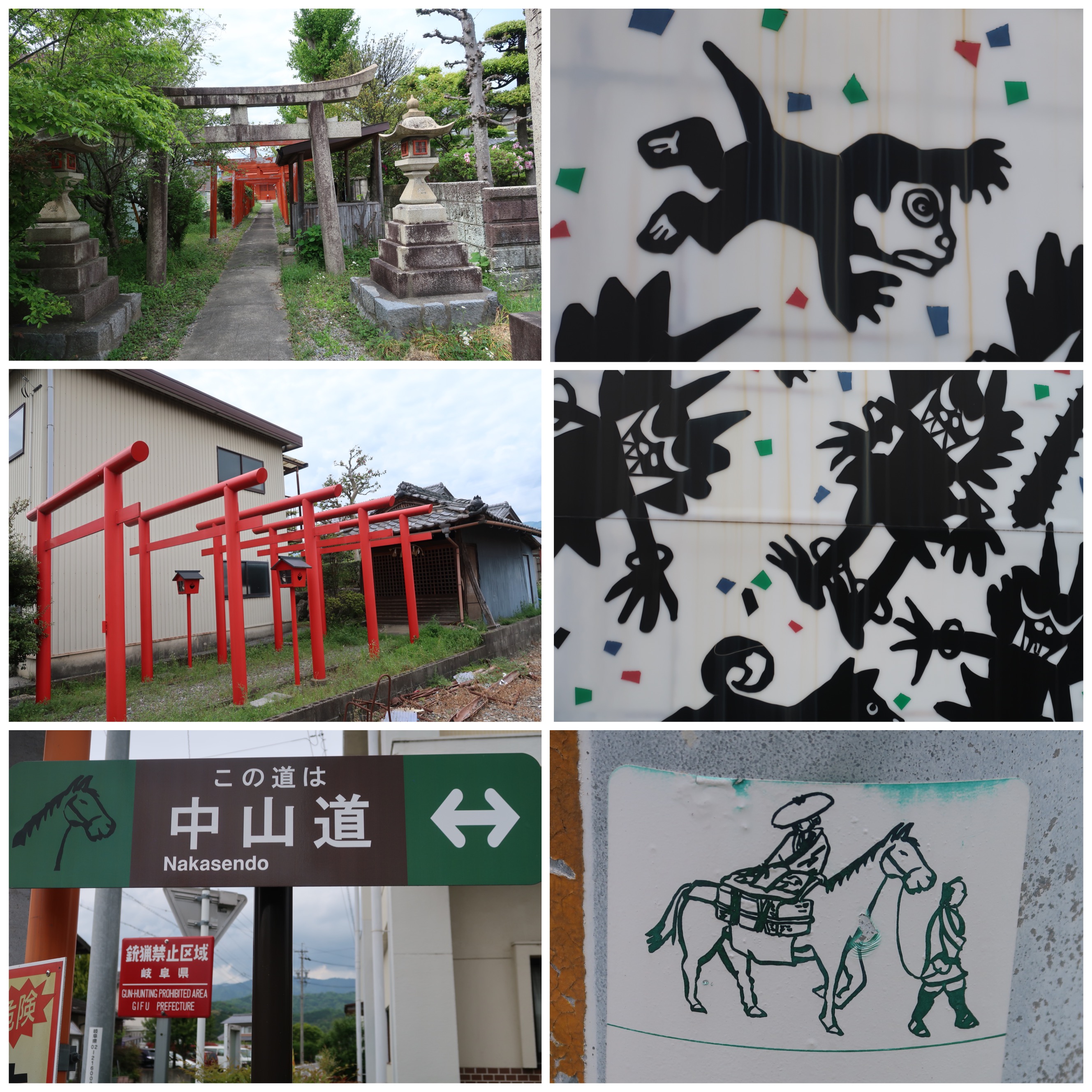

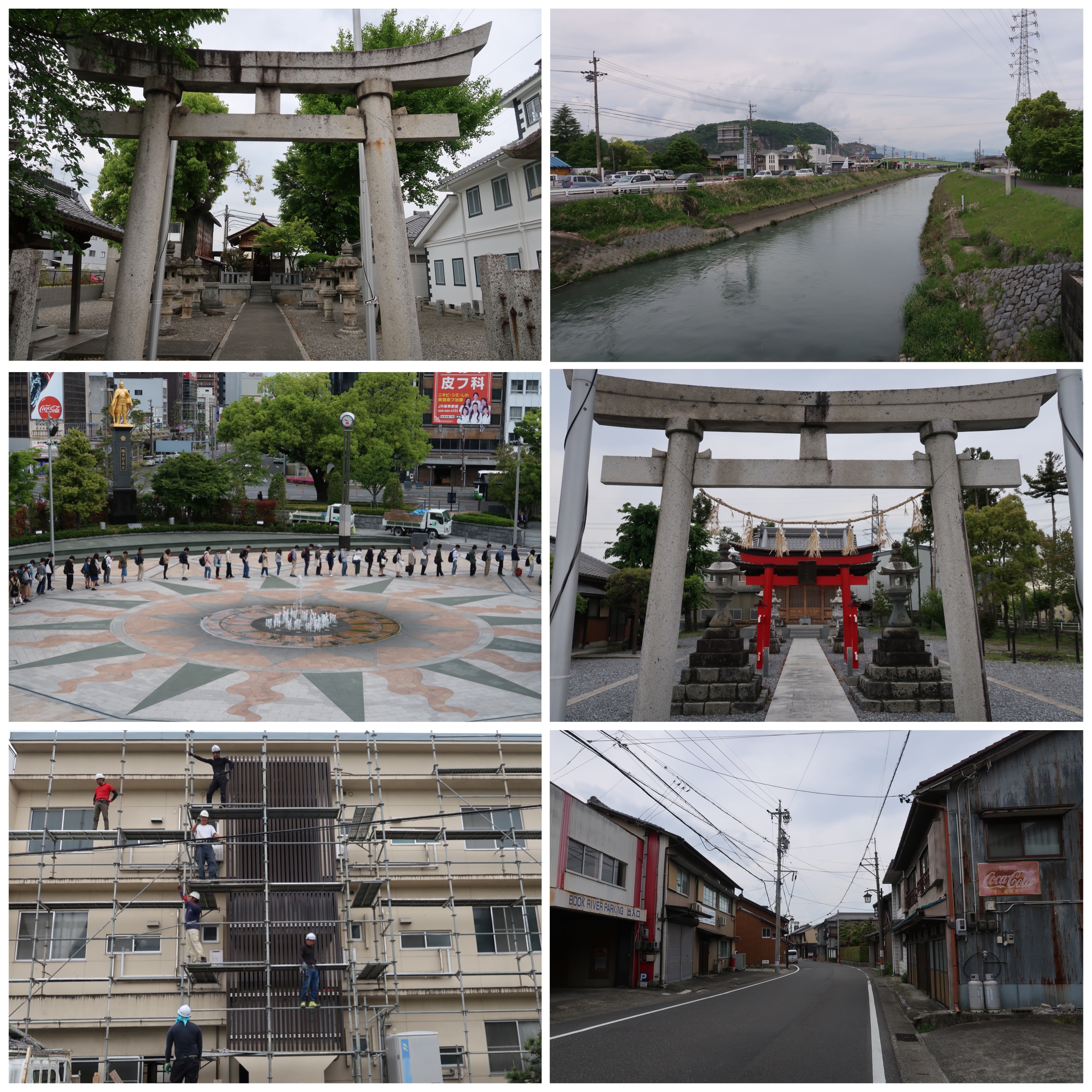
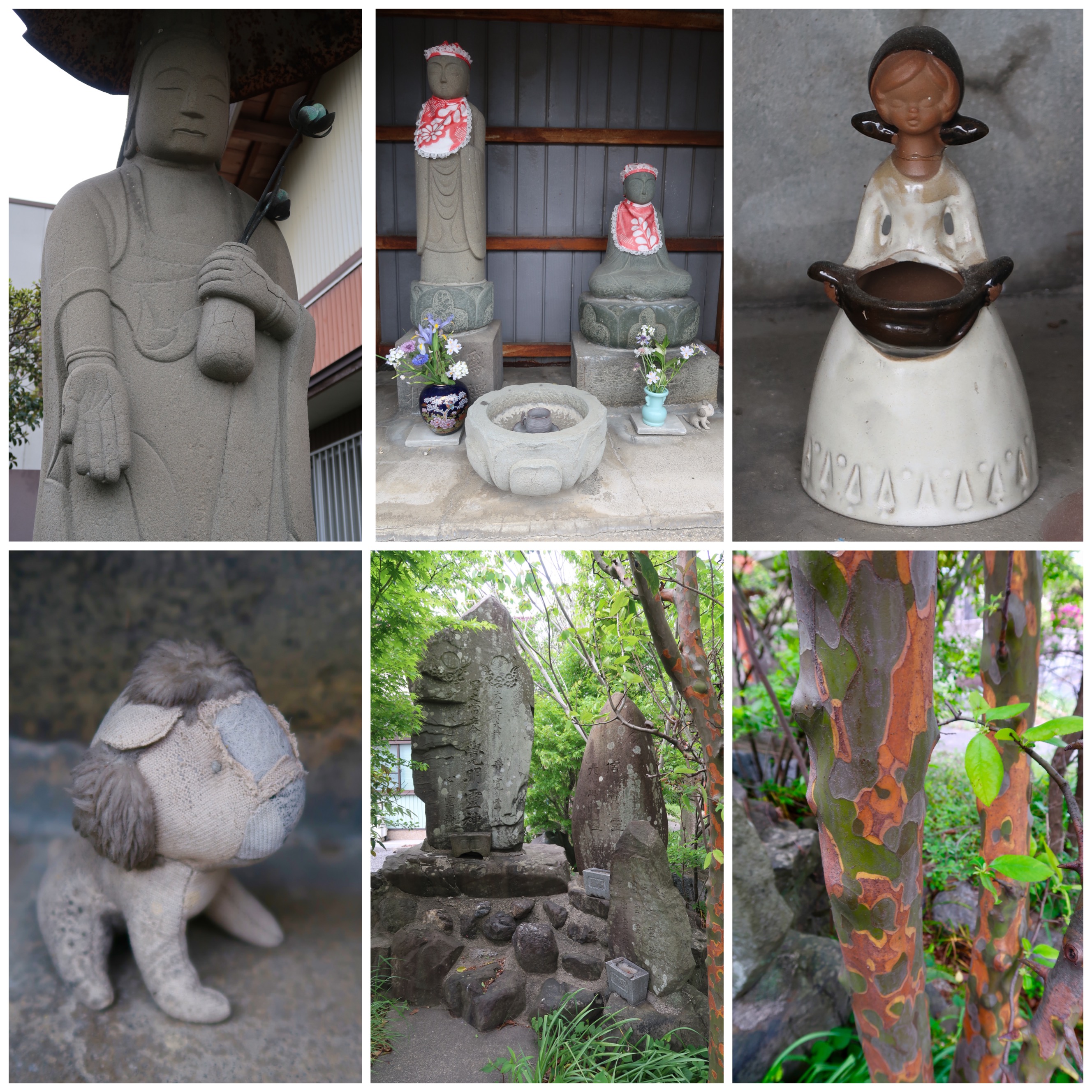
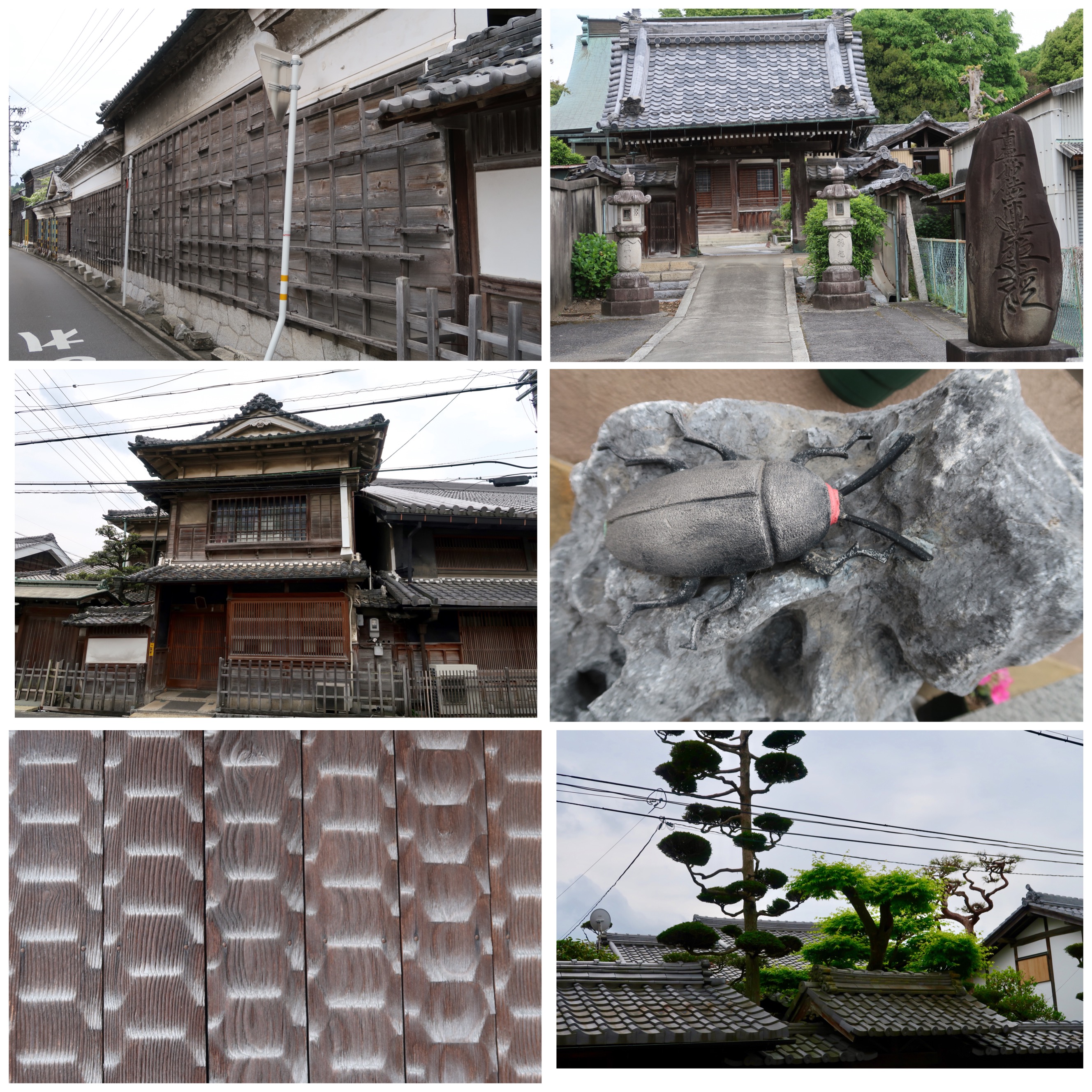
Day 27 - Walking The Nakasendō, Japan - Heading Into the Mountains, from Akasaka to Tarui, Sekigahara, Imasu and Kashiwabara
Our hotel in the Kawaramachi neighborhood of Gifu City felt like a sanctuary for the two days we stayed there.
Even though my soak last night in the hot spring Onsen was a bit noisy, with many Chinese women who spoke loudly, spread their wet towels all over the bathhouse and left their water cups by the side of the pools, without picking them up later, I still enjoyed the hot baths, the dim lights and the ability to rest and massage my feet.
We had a good breakfast, checked out and took the 9:30am hotel shuttle to Gifu Station.
Finally today, the scenery has changed to beautiful again.
The post towns were not so spread apart, and as we left the density of the urban sprawl with its run down houses and streets, the post towns got more rural and better kept.
It is amazing how quickly outside of the city the scenery started to improve.
Instead of taking the train directly to the spot in the Nakasendo where we stopped walking yesterday, we first took the train to Ogaki, where we will spend the night.
We gave the hotel our backpacks and took the train to the rural spot where we need to resume walking the Nakasendo.
It felt like we were getting off in the middle of nowhere.
The train was almost empty, and people looked at us as if we were lost.
We made a few turns and we were on the Nakasendo again.
At first, there were only a few signs, but the signage improved later in the day.
It is easy to see how some towns preserved their cultural heritage and put signs and maps at the entrance to the towns, while others have nothing left and almost no signs.
It seems like only the old people even know why people walk the Nakasendo.
An old lady working in her garden stretched her back and called to us:
“Are you walking the Nakasendo?
Make sure to turn left at the next intersection!
Don’t go straight!”
We nodded in gratitude and kept on walking.
The weather today was perfect for walking, overcast to protect us from the strong sun, not too hot, not too cold, just a light long sleeve shirt over a T-shirt was required.
In the post town of Akasaka, there are still a fair amount of old buildings.
Most of them are not businesses that are open to the public, just homes and private property, but they looked nice.
In Tarui, we saw lots of carp flags, which the people had hung over the Ai river in preparation for Boys Day.
It was a beautiful site with the colorful carps, who seemed to be swimming in the wind.
Tarui and Sekigahara are crisscrossed by the high speed train that runs above them and by the trains that stop in them.
In Sekigahara we saw many signs pointing to the the historical sights where the soldiers camped during the Jinshin War, a deadly war in Japan which broke out in 672 following the death of Emperor Tenji.
The famous Sekigahara battle over the control of the country in the 1600’s was much better signed than the Nakasendo.
We were considering to stop walking at 4:30 PM when we reached Sekigahara, but we saw a Nakasendo sign saying that the next post town of Imasu was about 8 Kilometers away over the Imasu Mountain Pass, a steep and slippery pass during the wintertime.
Since today we were not walking with our backpacks, we decided to push farther and cross over the pass to Imasu.
The only problem was that Imasu does not have a train station.
If we cross the Imasu pass this evening, we need to make it to the next post town of Kashiwabara, where the train station is located, in order to go back to Ogaki, where we had booked a hotel for the night.
It was an overcast day, which means that it was already a little dark by 4:30PM.
We decided to walk fast.
It was a lovely walk, on a rural road with cool shade trees and pleasant looking houses.
Earlier in the day we stopped at a convenient store that had a seating area, and we ate our rice balls and drank some green smoothies, so we were not hungry and were able to walk right through.
I liked the small post town of Imasu with its farm houses, not many of which were historic, but they looked nice.
The post town of Kashiwabara was very well kept, with nice rows of houses along the Main Street.
The houses had beautiful silver tile roofs, manicured gardens with topiaries and beautiful flowers.
At a small Jiso shrine, they had left paper maps for visitors with explanations about what there is to see in town, and suggested nature walking trails around the area.
They attached the papers together with tiny hand-knitted pilgrims’ sandals, which I thought was such a very cool touch to give to walkers.
We finished the walk and arrived in time at the Kashiwabara train station, to take the 6:30PM train to Ogaki.
To be honest, I would have liked to stay in Kashiwabara.
I like the vibes of this lovely and well kept mountain town.
It took us only 16 minuets to get back to Ogaki by train, a journey that took us 8 hours on foot along the Nakasendo.
In Ogaki, we went to the new mall by the train station and had dinner at a Japanese restaurant.
We ordered two set menus which came with miso soup, pickles, and purple rice. Jules had tempura and I had sashimi.
I saw a mother with her two small boys, having a dinner.
I thought to myself that here is a young mother who is married to a “Salary Man.”
A salary man is a Japanese term for a businessman who works in corporate offices, working long hours and with endless demands to entertain clients, attend business meetings and corporate functions.
Even tough the little boys adored their mother, and showered her with love, she was raising them alone, another victim of a culture that tolerates unacceptable standards, and make them the norm...
After dinner, we had soy milk teas and cookies in a cafe before going back to the hotel.
The good thing about business hotels in Japan is that they always have washing machines.
Four and five star hotels and Ryokans in Japan never have laundry facilities.
At the Apa, the laundry machines were on the top floor, where they also have the hot baths.
I felt very productive as I combined doing our laundry with washing myself and soaking in the bath.
Today I got a glimpse of the mountains again, and they looked beautiful, green and with cool mountain air.
In the stretches of the road that passed by a forest, i could smell mushrooms, pine bark and pine needles, and I could hear the rustling of the dry leaves.
I know that just beyond these mountains is Biwa Lake.... the biggest lake in Japan, and the end of our journey....
With love, blessing and renewed hope,
Tali and Jules
Day 27 - Stats:
Total walking time 8 hours
Active walking time 7 hours
Total steps: 36,761 steps
Daily Kilometers: 27 Kilometers
Total Kilometers walked to date: 606.5 Kilometers
Accommodation: Apa Hotel in Ogaki, located by the train station.
A business hotel with coin laundry, public hot baths and breakfast.
Total elevation climbed 1,320 meters
Total descent 1,159 meters
Maximum Altitude reached 184 meters
Stations Visited In Gifu Prefecture
56. Akasaka-juku (Ōgaki)
57. Tarui-juku (Tarui, Fuwa District)
58. Sekigahara-juku (Sekigahara, Fuwa District)
59. Imasu-juku (Sekigahara, Fuwa District)
Station Visited In Shiga Prefecture
60. Kashiwabara-juku (Maibara)